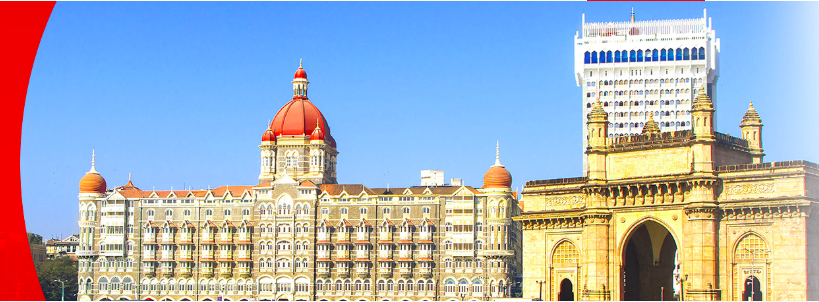Singapore — In the wake of the recent story that went viral concerning the mistreatment of a security guard by a foreign worker from global investment company JP Morgan, discussions about CECA, the 2005 trade agreement between Singapore and India, have naturally come up.
First of all, what is CECA? And how did it come about?
In a nutshell, CECA, or the India-Singapore Comprehensive Economic Cooperation Agreement, is a free-trade pact between the two countries, which was carried out for the purpose of strengthening bilateral trade.
It was first discussed in 2002 after a meeting in Singapore between then Prime Minister Goh Chok Tong and Indian Prime Minister Atal Bihari Vajpayee. After the meeting of the two heads of state, a Joint Study Group (JSG) was formed. “The JSG concluded that the CECA between India and Singapore would provide significant benefits for both countries, in terms of the potential for increased trade and investment, and through economic cooperation.”
A Declaration of Intent for the CECA was signed in 2003, followed by 13 formal rounds of negotiations over the next two years. The team from India was led by two successive secretaries of their Department of Commerce. Singapore’s side was led by Heng Swee Keat, who was then the Permanent Secretary for Trade and Industry as well as the Managing Director of the Monetary Authority of Singapore (MAS), and who is now Singapore’s Deputy Prime Minister and Finance Minister.
The CECA was signed on June 29, 2005, during a state visit of Prime Minister Lee Hsien Loong to India. It took effect on August 1 of that year.
Why is the CECA between Singapore and India so important?
This agreement covers the bilateral trade in goods, trade in services, investment protections, and other features. Mutual Recognition Agreements under the CECA serve to eliminate duplicate product testing and certification in certain sectors. The CECA’s cooperation chapters encourage and familiar bilateral cooperation. And under the CECA, a review of the Avoidance of Double Taxation between Singapore and India was covered as well. It also made a way for easy access and collaboration between the two countries’ financial institutions.
The agreement was considered to be a landmark since it was India’s first such CECA, as well as the first comprehensive economic agreement between Singapore and a country in South Asia.
Why India?
At the time of negotiations for the India-Singapore CECA, India was quickly rising to become one of Singapore’s biggest trade partners. In the 10 years leading to the signing of the agreement, bilateral trade had almost tripled to S$11.8 billion. And during the negotiations itself, trade grew by leaps and bounds again, increasing by almost half. At that point, India became Singapore’s fastest-growing trading partner among all the major economies.
By 2017, bilateral trade had reached a total of S$25.2 billion, with India becoming Singapore’s largest trading partner in South Asia, and Singapore becoming India’s second-largest trading partner within the Association of South-east Asian Nations (ASEAN).
What else does the CECA affect?
Contrary to popular belief, the India-Singapore CECA does not only affect trade, but the bilateral cooperation also relates to science and technology, education, aviation, and intellectual property.
What’s the connection between the CECA and the JP Morgan employee who shouted at a security guard at the Whampoa condominium?
Under the CECA, visa regulations for Indian professionals in medicine, engineering, finance and information technology were relaxed, making it easier for them to work and immigrate to Singapore.
Does this mean that Indian nationals working in certain sectors can come and go as they please?
In a word, no.
In response to rumors that the CECA allows Indian citizens to work in Singapore without obtaining a valid work pass, the government replied that Indian nationals including intra-corporate transferees (“ICTs”), still need to meet work pass qualifying criteria before they’re allowed to work in the country.
Since 2005, the India-Singapore CECA has been reviewed three times, with two of the reviews carried out last year. On June 1, 2018, the second review was signed in the presence of PM Lee and India Prime Minister Narendra Modi, with no changes to the chapter in the agreement concerning the movement of people.
The third review was launched on September 1, 2018, by Minister-in-Charge of Trade Relations S. Iswaran and India’s Minister of Commerce and Industry Suresh Prabhu, which focused on trade facilitation, e-commerce, and customs. -/TISG

